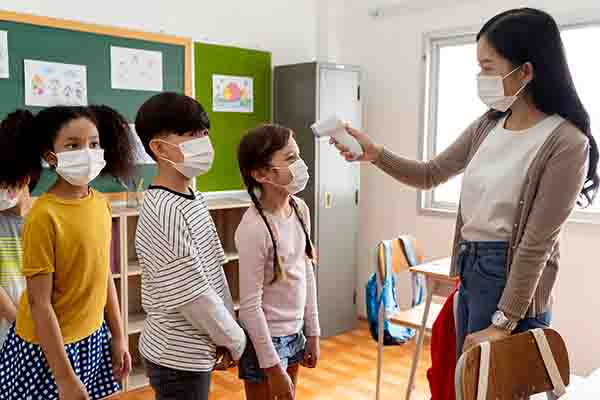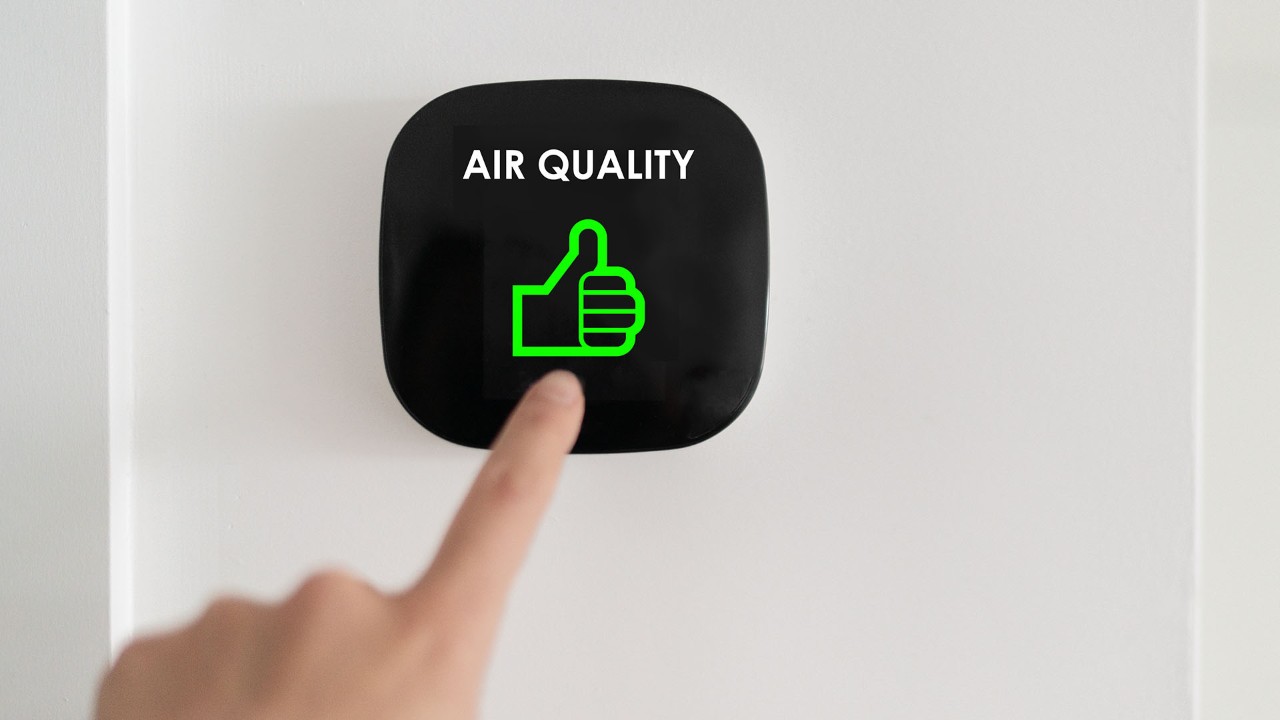Teachers Today
With the spread of the novel coronavirus disease (COVID-19), teachers are expected to create safe and secure environments for children. However, we continue to stumble around in the dark in our fight against this invisible virus.
CO2 Sensors
Ambiguity About How Well Spaces are Ventilated
If children’s safety is the only point we need to consider, the option to provide remote instruction to them from home is also on the table.
However, schools offer a number of sensibilities and valuable experiences that can be cultivated in face-to-face interactions, such as through building relationships and club activities.
Teachers have already taken a number of different measures, such as wearing masks, disinfecting spaces with alcohol, outlining instructions for checking temperatures, and taking prompt action in the event that a student has been infected or has been in close contact with a person who is sick.
Ventilation is considered to be the least costly and most effective approach of all these measures for infection control.
Since COVID-19 is transmitted through droplets, ventilation is used to prevent people from contracting the disease via infectious particles exhaled by a person infected with the virus.
However, how effective is it to open windows and doors? Despite the fact that ventilation is considered to be the most effective measure in preventing the spread of COVID-19, its effectiveness is reliant on our own senses.

Growing Responsibilities Due to Infection Prevention Measures
If we are able to visualize the status of ventilation as a numerical value, decisions can be made based on scientific evidence.
For example, while it is easy to open windows and doors, if the windows are fully opened on a cold or hot day, greater attention must be paid to the children’s physical conditions.
Likewise, if the doors are opened all the way, noise may also affect classes.
Opening and closing windows and doors evoke a host of other possible situations, such as the need to manage locks.
In this context, the decision on when and to what extent windows and doors should be opened to ventilate spaces is basically left entirely in the teachers’ hands, who have to rely on their own senses to determine to what degree ventilation is needed. This simply increases their workload and responsibilities.
In contrast, school environmental health standards clearly define the numerical values of CO2 concentrations (aligning terminology with hygiene standards) as a standard for ventilation.
If the effectiveness of ventilation could be visualized, decisions would no longer need to be made on the basis of sensory perception, allowing more efficient measures to be implemented.
So, what initiatives are being taken in educational settings around the world? On the following pages, we will illustrate innovative examples of the introduction of CO2 sensors.

About Senseair
Senseair, which became a member of the Asahi Kasei Microdevices (AKM) Group in 2018, is a provider of gas sensors using NDIR: Non-Dispersive InfraRed technology. Our goal is to constantly develop and mass-produce new gas sensor technologies.










